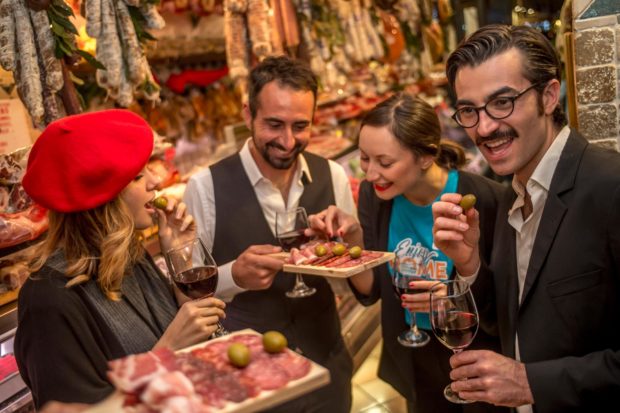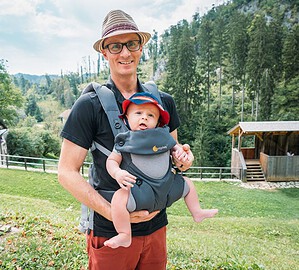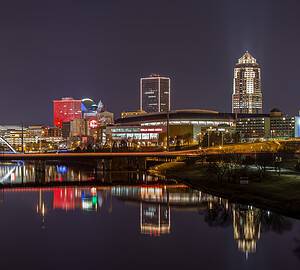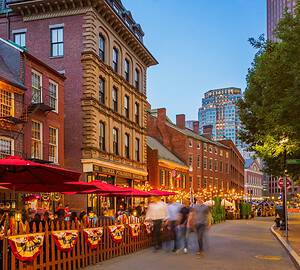If you are a self-described foodie, you live to eat instead of eating to live. Nothing excites you more than trying out new foods and beverages. In fact, you often find that the aroma of local foods is one of your strongest memories. No matter where you live in the United States, your town, city, county or state likely offers one or more food tours to delight your palate. The same holds true for any city or area you visit.

But what is a food tour? It is a tour, usually professionally guided, of several local restaurants and/or food and beverage producers where you get to not only tour the facilities but also taste what the businesses have to offer. Food tours are a foodie’s dream and have become increasingly popular over the past several years as more and more wineries, shops, and restaurants have jumped on the food tour bandwagon, and culinary aggregators such as Cozymeal, have added food tours to their array of services. In fact, 59 percent of the travelers surveyed a couple of years ago said that enjoying culinary experiences were far more important to them than they had been even five years previously.
Influence of Social Media
Not surprisingly, social media has had a huge impact on food tourism, just like it has on virtually everything else. Especially among millennials, food tours provide far more than mere tasting experiences and nourishment for the body. They also provide nourishment for the soul, including authentic, atmospheric, and aesthetic experiences. And of course, these young foodies share their food tour experiences – including photos – with their Facebook, Instagram, Flickr, and other social media friends and families.
As you might expect, as food tourism expands, so does the accessibility to it and the things included in it. It is not at all uncommon for a food tour to include most or all of the following amenities:
● Visits to local restaurants, pubs, wineries, brewhouses, etc.
● Food festivals
● Cooking classes
● Wine and/or artisan beer tastings
The plethora of social media photographs of foods, beverages, and the people enjoying them fuels the fire for others to want to experience the same things.
Common Food Tour Inclusions
Food tours come in all types, durations, and inclusions. You, therefore, have a wide variety of tours from which to choose so you can experience practically anything you want to any time you want to experience it. Any given food tour, however, likely will provide the following:
● Walking, bike, bus or private vehicle tour with your tour group
● Tour guided by a professional local tour guide
● A visit to one or more local establishments where you get to taste their specialties
● A minimum of 2-4 hours, but longer tours are often available, such as full-day or multi-day
● Full tour from $35 to several hundred dollars depending on tour length and inclusions
Your best strategy when booking a food tour is to thoroughly read and understand the provided by the tour company.
Getting Out of Your Rut
If you want to experience a do-it-yourself food tour, you can easily do it as long as you’re willing to spend the time necessary to research what it is you want to do and how you want to do it. Tips for a successful food tour, be it a guided one or a DIY one, include the following:
● Get in touch with your inner foodie.
● Look for the type of cuisine you want to experience.
● Look for new tasting experiences.
● Never ask for a change of ingredients in any food you order.
● Don’t be afraid to try “street food” from sidewalk vendors.
● Listen to your guide’s, server’s, or establishment proprietor’s stories about what you’re eating and why the establishment prepares it that way.
So whether you’re dining at a restaurant or looking for a new and exotic local food experience, you can easily find your preferred experience and share it with others. The most important things to remember are to have an open mind, take risks, and make your culinary experiences memorable ones. Remember, even the most visited cities and destinations can give you an extraordinary foodie experience, especially if you stay away from the “normal” places that tourists visit.



